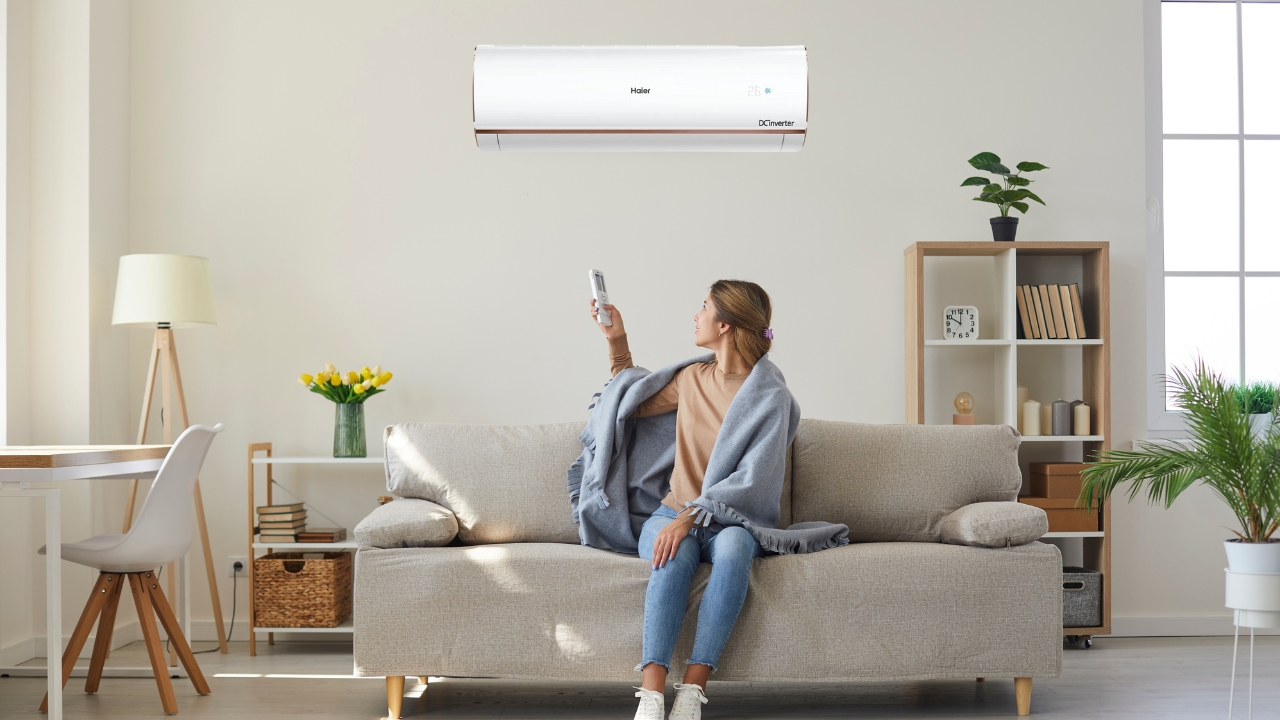Pollution is at peak across major metro cities in India. The air inside our homes may also contain a lot of pollutants and irritants. Various things that contribute to this pollution include dust, pet dander to VOCs (volatile organic compounds) from paints and cleaning products. These substances cause poor indoor air quality which result in health issues.
In this article, we are going to talk about:
- Pollutants that cause air pollution indoors
- Health issues caused by indoor air pollution
- Air solutions for clean air at home
- How air solutions can improve health
- Choosing an effective air purification system
Eager to find out? Let’s get started.
Common Indoor Air Pollutants
- Dust mites: Microscopic dust mite feces and body fragments cause allergies to many people. They Can be responsible for asthma, eczema, sinus congestion, sneezing, and wheezing.
- Pet dander: Skin flakes and dried saliva from cats, dogs, small mammals, birds and reptiles trigger allergic reactions in some individuals.
- Mold: Spores from household mold can irritate eyes, nose, throat and lungs. Prolonged exposure may increase respiratory infections.
- VOCs: Paints, varnishes, cleaners, air fresheners and more release organic chemical vapors linked to eye, nose and throat irritation, nausea, and headache.
- Carbon monoxide: This toxic gas produced by incomplete fuel combustion leads to decreased oxygen delivery to the body’s organs and tissues. In high amounts, CO can prove to be dangerous.
- Particulates: Microscopic particles from cooking smoke, vehicle exhaust, construction dust, and tobacco smoke become embedded in lungs, increasing the risk of illness.
Health Issues Caused By Indoor Air Pollution
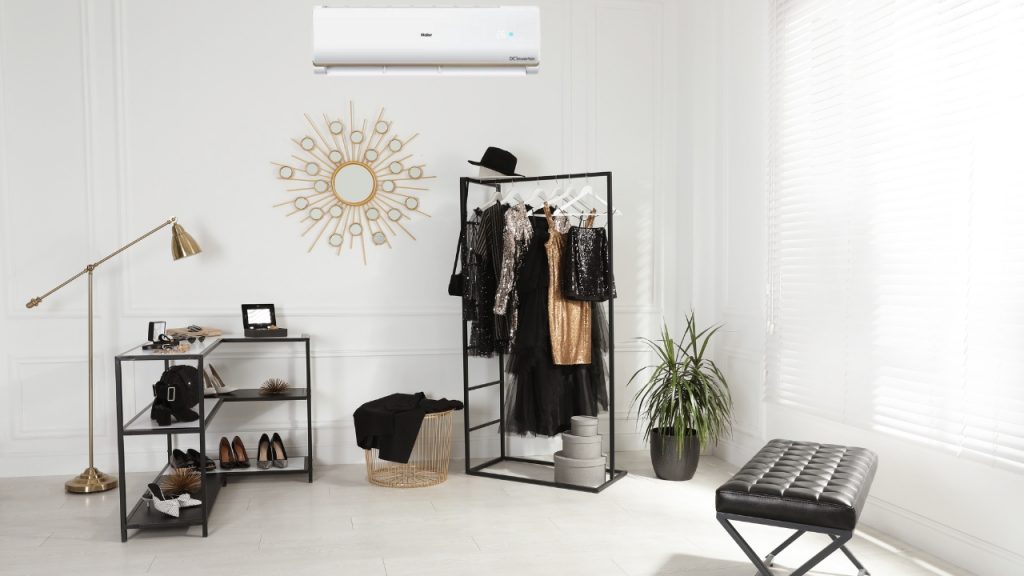
Poor indoor air quality can lead to a variety of health issues, ranging from short-term effects that are temporary and treatable, to long-term impacts.
The extent and severity of health problems from indoor air pollution depend on several factors, including the type of pollutants, concentration levels, duration of exposure, and individual susceptibility (including age and pre-existing health conditions).
Here are some common health issues associated with poor indoor air quality:
Short-term (Immediate) Effects
- Irritation of the eyes, nose, and throat: Common symptoms include itchy eyes, runny nose, and sore throat, often mistaken for the common cold.
- Headaches and dizziness: Short-term exposure to certain pollutants like carbon monoxide and volatile organic compounds (VOCs) can cause headaches and feelings of dizziness.
- Fatigue: Poor air quality can lead to a general sense of lethargy or fatigue, making it difficult to perform daily tasks.
- Allergic reactions: People with allergies may experience heightened symptoms, including sneezing, congestion, and skin rashes.
- Asthma exacerbation: For individuals with asthma, poor indoor air quality can trigger attacks or worsen respiratory symptoms.
Long-term Effects
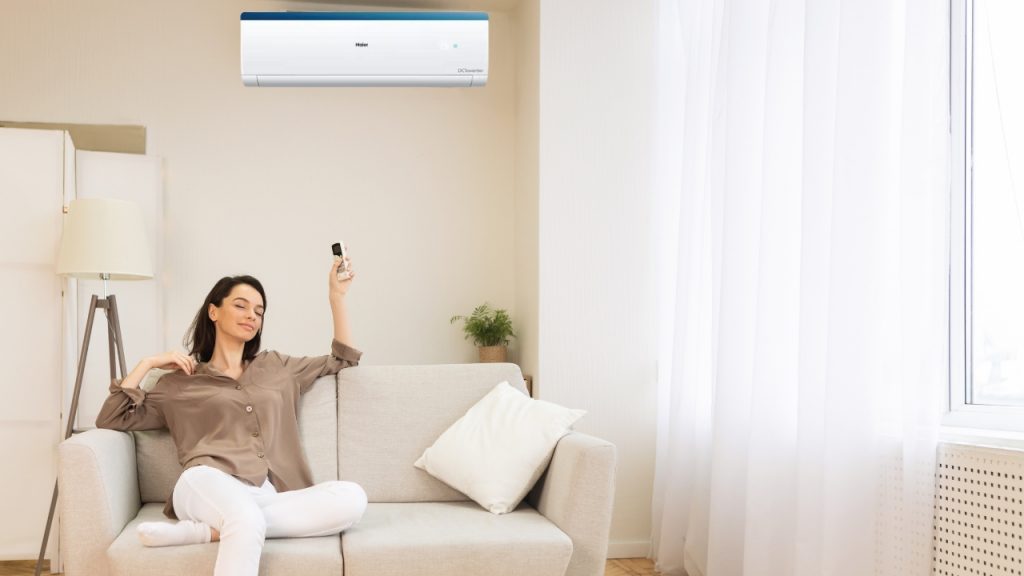
- Respiratory diseases: Prolonged exposure to pollutants like tobacco smoke, mold, and asbestos can contribute to the development of chronic respiratory diseases.
- Heart problems: Some studies suggest a link between long-term exposure to certain air pollutants and increased risk of heart disease.
- Cancer: Carcinogens like radon, asbestos, and certain components of second-hand smoke can increase the risk of cancer.
- Neurological problems: Long-term exposure to air pollutants, including may be linked to neurological disorders.
- Developmental issues in children: Exposure to pollutants during critical periods of development can have lasting effects on children.
- Compromised immune system: Chronic exposure to poor indoor air quality may weaken the immune system.
With the increasing pollution and chances of prolonged disease when exposed to the pollutants, it is important for everyone to be cautious. Breathing clean air is of supreme importance. Hence, you must consider getting air solutions installed in your home or office.
Air Solutions for Clean Air at Home
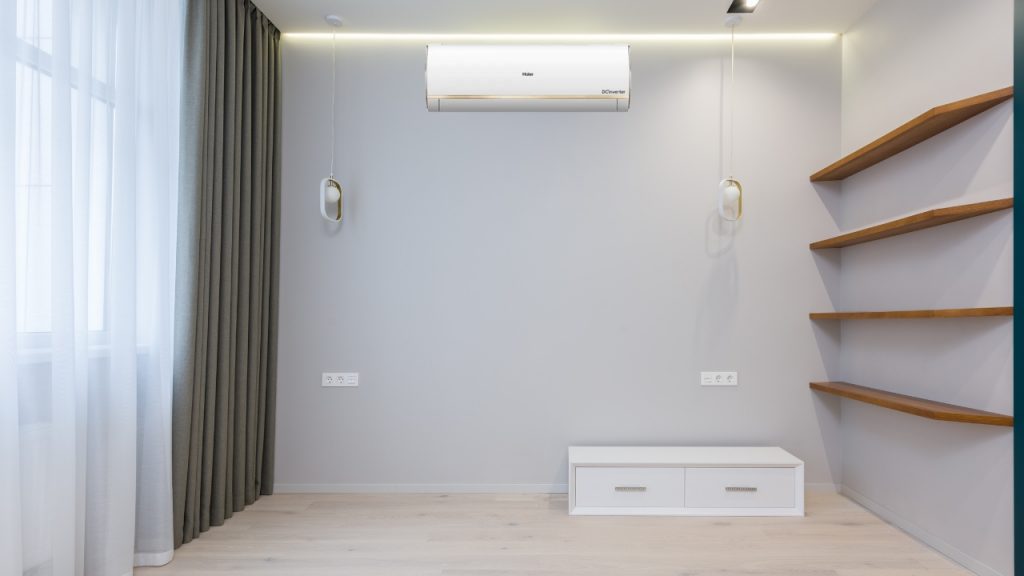
Various methods to clean air at home include:
- Air Purifiers: These are machines that filter out pollutants like dust, pollen, smoke, and germs, from air making the air cleaner to breathe.
- Ventilation Systems: These help by bringing fresh air from outside into your home and pushing out the stale, polluted indoor air.
- Humidifiers and Dehumidifiers: These control the moisture in the air. Humidifiers add moisture if the air is too dry, which can help with dry skin and respiratory issues. Dehumidifiers remove moisture if there’s too much, which helps prevent mold and mildew growth.
- Houseplants: They absorb some of the pollutants like carbon dioxide and release clean oxygen.
Air solutions ensure clean air at home using different technologies. The right solution depends on the state of indoor air quality at your home and your personal preferences .
How Air Solutions Can Improve Health
Air purification technologies can help improve indoor air quality to improve your health. Some of the benefits of installing air purifiers at home include:
1. Reduce allergy and asthma triggers
Filters capture microscopic particles like dust, dander, and mold spores from the airstream. This decreases allergy symptoms and reduces asthma triggers for sensitive people.
2. Remove bad odours and chemical irritants
Activated carbon filters are very common as they absorb and neutralize VOCs and smells from indoor sources. This reduces symptoms of headache, nausea, and irritation of eyes, nose and throat.
3. Increase overall air quality
Air purifier technology offers the benefit of increasing overall air quality by different methods of ionization, photocatalyst and using other related technology together in one purifier.
4. Improve sleep
Quieter purification systems offer uninterrupted sleep, which supports the immune system and improves daytime energy. Removing airborne allergens also helps in better breathing and sleep quality.
5. Remove smoke and particle residues
Advanced systems with pre-filters trap larger particles from cooking, vehicles, construction and wildfires to leave the air cleaner. This lowers risks of respiratory inflammation or infection.
6. Eliminate mold spores, bacteria and viruses
Air purifying filters capture airborne microbes, while UV light kills them on contact while the air circulation is on. This is one of the major benefits of opting for Air Solutions at home for clean Air.
Choosing an Effective Air Purification System
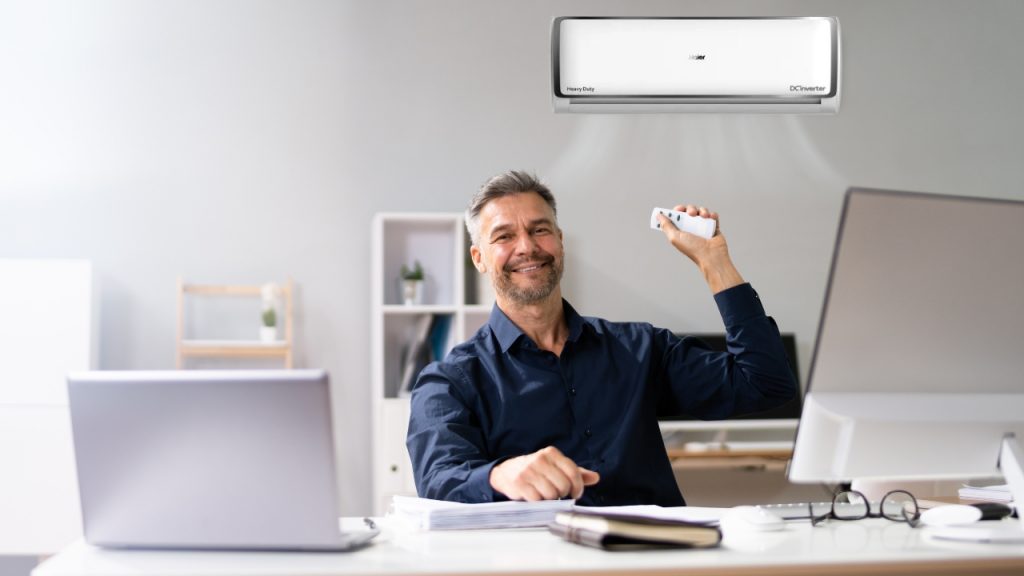
In the metropolitan cities like Delhi, Mumbai and Bangalore, Air purifiers have already become prominent. Investing in the right air purification equipment will not only ensure you breathe clean air but also give you several health benefits and prevent pollution inside your home. For people suffering with serious allergies or asthma, air purifiers are effective.
Keeping health as priority, you must consider buying an air cleaning solution for your living space. But how do you decide which purifier is best as per your need? Here are key factors to consider:
Size of the Room
Install the air purifier that can clean the air of your whole room. Make sure the air purifier can clean the air in the size of the room you’re going to use it in. Clean air delivery rates indicate the system’s cubic feet per minute of filtered air delivery. Higher CADR means faster air purification. Look for “CADR rating” that matches your room size.
Type of Filters
Some purifiers have filters for catching dust and pet hair, while others can also remove smells and smoke. Check if it has a HEPA filter, which is really good at trapping tiny, harmful particles.
Noise Level
Consider how much noise you can tolerate before buying the Air purifier. Some air purifiers are very quiet, while others might be louder. You might prefer a quieter one for bedrooms.
Maintenance Costs
Maintenance of Air purifiers are very important for their effective functioning. Consider how often you need to replace the filters and how much they cost. Some purifiers have washable filters that can save you money.
Features
Look at extra features like timers, speed settings, and whether you can control it with your phone. These features make using the purifier easier.
Air Quality Indicators
Some advanced models of Air purifiers can tell you how clean or dirty air inside your room is. This feature can be really helpful to see how well the purifier is working.
Energy Efficiency
Look for purifiers that don’t use a lot of electricity, especially if you plan to run it all day. This will help you in saving your electricity bills.
Your Specific Needs
Thinking about why you need an air purifier is important. For example, If someone has allergies at home, you’ll want a purifier that’s really good at removing allergens. If you have pets, look for one that’s great at getting rid of pet dander and odours.
Conclusion
Improving indoor air quality involves identifying and removing sources of pollution, by taking care of proper ventilation, using air purifiers, maintaining HVAC systems, controlling humidity, and avoiding the use of hazardous materials and chemicals indoors.
In addition to this, regularly monitoring the indoor environment for pollutants like carbon monoxide, radon, and particulate matter can also help in taking timely actions to protect health.
Currently, Haier India is not offering Air Purifiers. However, our air solutions segment have Air Conditioners with Super Micro Anti Bacterial Filter that capture maximum level dust, pollen, mold spores, other particles and help improve indoor air quality.
We are looking to launch soon with Air Purifiers in India. Stay tuned for updates.

